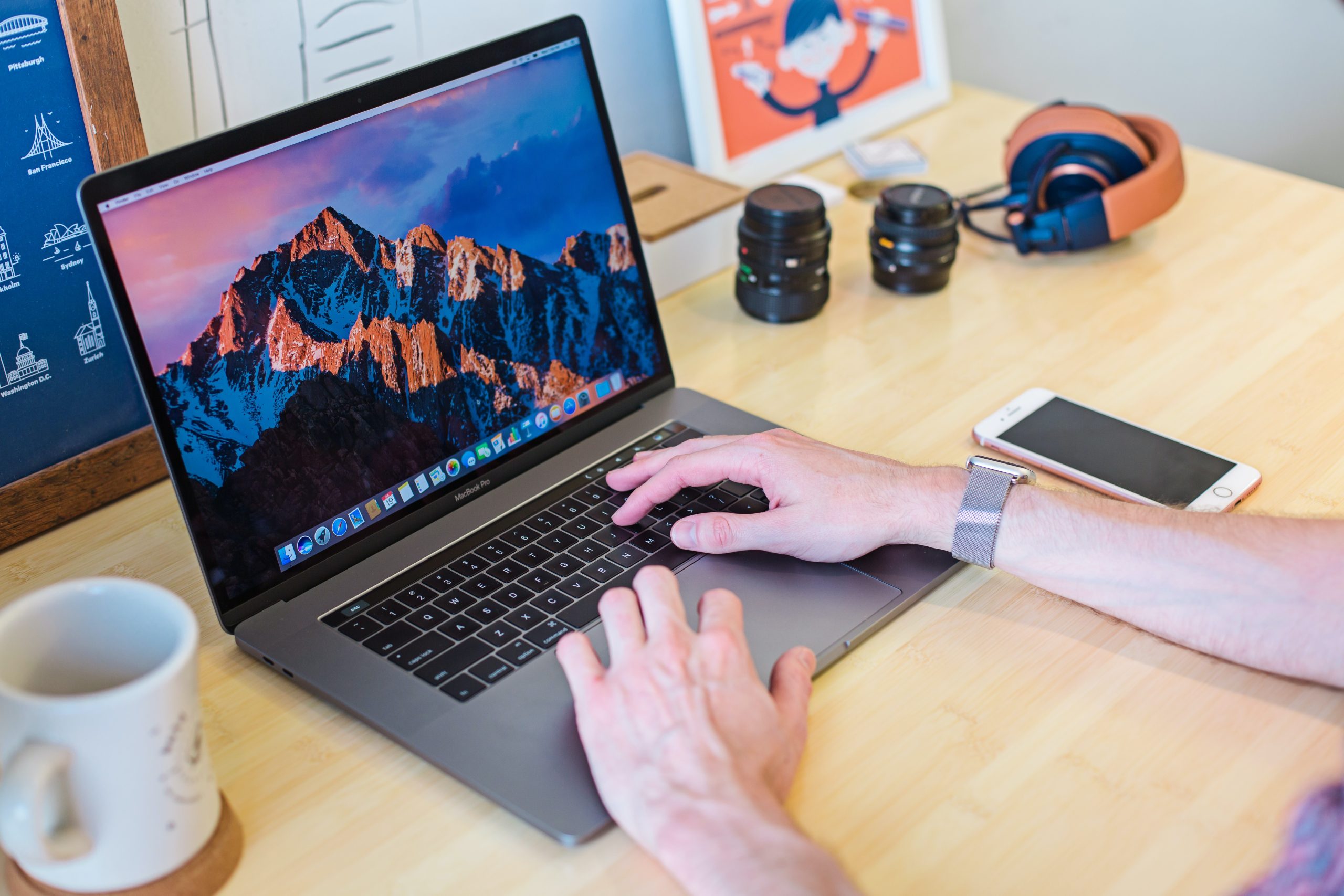Bloatware refers to the pre-installed software that comes with a new computer or mobile device. It is often unwanted or unnecessary software that takes up storage space and system resources, slowing down the device's performance. Bloatware can be a significant annoyance to users and a hindrance to productivity. However, the danger of bloatware goes beyond just slowing down your device.
Is bloatware a security risk?
Yes, bloatware can be a security risk as it often includes adware, apps with vulnerabilities, and other potentially harmful software. Many pre-installed apps contain tracking software, which can collect user data and compromise privacy. Some bloatware includes malicious software that can infect the device with viruses or spyware.
Adware
Adware is a common bloatware that displays unwanted ads and pop-ups, often leading users to click on malicious links or download harmful software. Adware can also collect data about a user's browsing habits, leading to privacy concerns.
Apps with vulnerabilities
Some pre-installed apps may have vulnerabilities that hackers can exploit to access the device or user data. In some cases, bloatware can even install malware onto the device without the user's knowledge, potentially leading to identity theft, financial loss, or other serious security issues.
Are OS apps bloatware?
While some OS apps may be unnecessary or unwanted, not all of them can be considered bloatware. System apps that are essential to the device's operation, such as the clock, calculator, or settings app, are not considered bloatware.
Platforms with no bloatware
Some operating systems come with little to no bloatware. For example, the stock version of Android, known as Android Open Source Project (AOSP), contains only essential system apps. Similarly, some versions of Windows 10 and Windows 11, such as the "Windows 10 LTSB" and "Windows 11 LTSC" versions, do not include bloatware.
How to uninstall bloatware from Windows 10 and Windows 11
To remove bloatware from Windows 10 and 11, you can use the built-in "Apps & Features" utility. Here are the steps:
Open the "Settings" app.
Click on "Apps."
Scroll down and select the app you want to uninstall.
Click on "Uninstall" and follow the prompts to remove the app.
Android
To remove bloatware from Android devices, you can use the following steps:
Open the "Settings" app.
Click on "Apps & notifications."
Select the app you want to uninstall.
Click on "Uninstall" and follow the prompts to remove the app.
iOS
On iOS devices, you cannot uninstall pre-installed apps. However, you can hide them from the home screen. Here are the steps:
Press and hold the app icon until it starts to jiggle.
Click on the "x" icon to remove the app from the home screen.
Click on "Remove" to confirm.
Samsung Galaxy devices
To remove bloatware from Samsung Galaxy devices, you can use the following steps:
Open the "Settings" app.
Click on "Apps."
Select the app you want to uninstall.
Click on "Uninstall" and follow the prompts to remove the app.
Final thoughts
Bloatware can slow down devices and compromise security, so it's important to remove any unwanted or unnecessary software. While some pre-installed apps may be necessary for the device's operation, others can be safely removed. Removing bloatware can help improve performance and enhance security.


